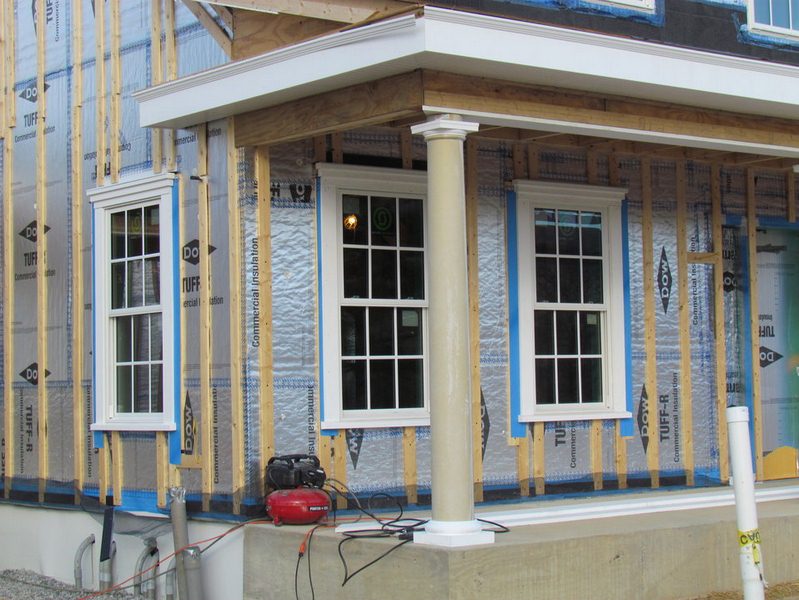Today, most buildings make use of insulation for thermal causes. But it offers a perfect solution for fire and acoustic concerns.
Once air-ceiling gets completed, insulation is essential for ensuring energy efficiency and comfort. When there is improper insulation in your building, you perhaps will require expensive cooling and heating devices, which will take up more oil, gas, and electricity, than needed.

The essential materials that get used in building insulation are:
The insulation efficiency is assessed by the R-Value that is the temperature difference between the heat transferred to every unit and the insulator. To know more about this, you can get in touch with a company, that specializes in Isolation de bâtiment de qualité and other allied aspects.
Read Also:
The building insulation specialists often resort to the term “building or thermal envelope” for describing the conditioned space within a building, that is apt for human beings.
The absence of natural airflow inside a building develops the requirement for mechanical ventilation as well as high humidity. It leads to rotting materials, condensation as well as microbial growth such as mold.
The thermal bridge is that point inside a building envelop, which enables heat conduction. The bridges that get created with inferior insulation materials, like metal and glass, develop an ongoing path right across the temperature difference.
The engineers can reduce the heat conduction by minimizing the cross-sectional space of the bridge. Alternatively, they can also maximize the bridge length.
Reflective and bulk insulation are two standard materials used for insulation. The bulk insulation functions as a wall for heat flow in between a building and its external construction. You can buy it in boards and rolls, and it gets made using natural wool, glass wool, recycled paper, polyester, and many more.
On the other hand, reflective insulation generally gets made using glossy aluminum foil, which gets laminated into plastic or paper. It can keep the buildings cool when the weather is warm, by merely deflecting the blazing heat.
The insulating concrete forms get manufactured, making use of polyurethane and polystyrene foam, cellular concrete, and wood fiber, which is cement bonded. The entrepreneurs often place the supporting steel bards within the form before concrete gets poured to provide flexible power.
Usually, the foams are left permanently inside the place right after the concrete gets cured to offer thermal insulation, soundproofing, drywall backing, and space for the entire plumbing and electrical conduit.
If you are creating a building in a cold climate, your objective is to minimize the overall heat flow outside the building. The heat loss can get minimized with effective window installation making use of bulk insulation. It also reduces the percentage of non-solar glazing.
On the other hand, if there’s a building in a warm climate, the most significant heat energy source is solar radiation. The “solar heat increase coefficient,” is an evaluation of solar heat transmittance that you should consider. It helps to minimize solar gain by executing heat-reflective, light-colored paint, and especially coated glazing.
These are some of the essential points that you need to consider when you are planning building insulation. Count on an expert building Insulation company to guide you adequately, for you to make an informed decision.